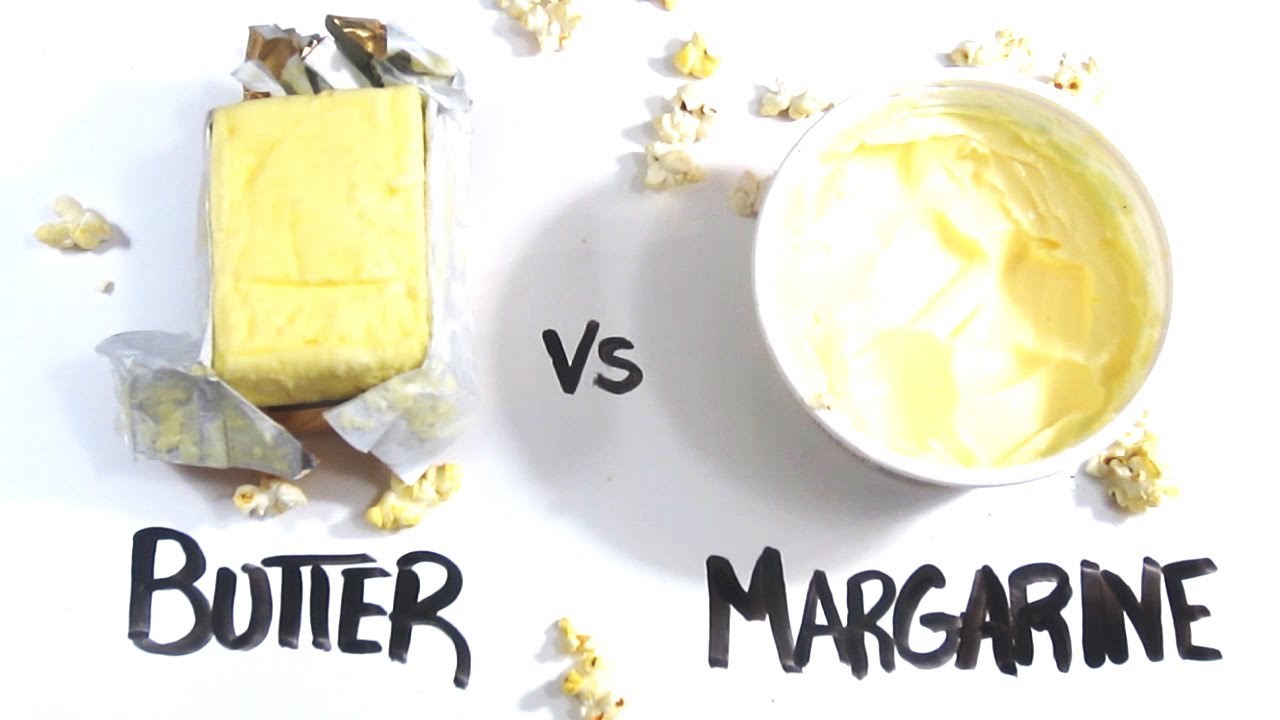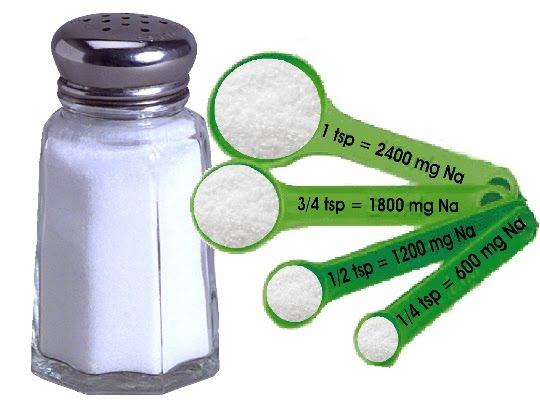The butter-versus-margarine is a slippery debate. Many people are scared of using margarine because they believe it is ‘plastic’ and believe that butter is more ‘natural’ while others believe that margarine is the guilt-free option, what is the truth?
Butter
Butter is made by churning fresh or fermented cream or milk and generally consists of milk fat, milk proteins and water. Butter came under great scrutiny when its association with saturated fat and heart disease was discovered and to this day, from the standpoint of heart disease, butter is still recommended to be used sparingly because it is high in saturated fat which increases blood cholesterol. Most people know how butter is made but are more concerned with how margarine is made.
Margarine
Margarine is created from vegetable oils such as the ones we buy at a supermarket (canola, sunflower or olive oil etc.) then fat-soluble vitamins are added (Vitamin A, D, E and K) and then it usually undergoes a process called hydrogenation. Vegetable oils are hydrogenated so that the melting point increases to the point where it can be solid at room temperature (essentially turning a liquid fat into a solid fat). Many argue that this process compromises the nutritional value of the product however margarine still has significantly lower amounts of saturated fat than butter. The only concerning aspect of this process is the creation of Trans fats. It is mainly the older brick-like margarines that contain Trans fats which are worse for you than butter. Research shows that Trans fat can contribute to heart disease, Alzheimer’s disease, cancer, diabetes, infertility in women and Major Depressive Disorder. There are however several margarines on the market that are completely Trans fat free.
Nutrition labels
As it is with all food, it is so important to read and understand the packaging labels. The table below shows the nutritional differences between unsalted butter and a soft light margarine (Flora Light was used) and the key differences are highlighted. In terms of energy, butter is significantly higher in energy than the margarine therefore in terms of weight management; margarine would be a better option. Looking at fat, you can see butter is about 80% fat whereas margarine is only 50% fat and saturated fat as well as cholesterol is significantly higher in butter than in margarine. Butter contains zero amounts of omega-3 and 6 whereas margarine is extremely high and both products are free of Trans fatty acids. Omega 3 and 6 polyunsaturated fats (PUFA’s) are called essential fatty acids because our bodies cannot produce them and they are very important for heart hearth and for keeping the cell membranes of all the cells in our body flexible. The sodium content of salted butter is significantly higher than unsalted butter whereas margarine is generally low. You will notice that butter is quite high in vitamins A, D, E and K and this is because they are fat-soluble vitamins and the fat content in butter is high.
|
Nutrient |
Unit |
Butter (unsalted) per 100g |
Light soft margarine per 100g |
| Energy |
KJ |
3074 |
1865 |
| Protein |
g |
0.85 |
0 |
| Glycaemic carbohydrate |
g |
0.06 |
2 |
| Total fat of which |
g |
82.3 |
50.3 |
| Saturated fat |
g |
49.2 |
12 |
| Trans fat |
g |
0 |
0.01 |
| Polyunsaturated fat |
g |
2.04 |
24.2 |
| Omega 6 |
mg |
0 |
21 348 |
| Omega 3 |
mg |
0 |
2 843 |
| Monounsaturated fat |
g |
20.9 |
14 |
| Cholesterol |
mg |
180 |
1 |
| Total sodium |
mg |
32 (1204 in salted) |
334 |
| Vitamin A |
µg |
1342 |
675 |
| Vitamin D |
µg |
0.76 |
11 |
| Vitamin E |
mg |
4154 |
11.3 |
Table: Nutritional comparison between unsalted butter and soft light margarine
In conclusion, margarines that are Trans fat free are indeed healthier than butter due to its lower energy, saturated fat, salt and cholesterol content. It is important to emphasize that the margarine needs to be Trans fat free and preferably contain Omega 3 fats. There are several such margarines on the market and it is important to read the Nutritional label to determine if it actually is Trans fat free. Butter does not need to be completely excluded, however it is recommended to be consumed sparingly.
Article By @futurlifeza
 a
a







Oliver Butchart liked this on Facebook.
Hoor Ghee is die nuutste craze
Candice Lee Kannemeyer liked this on Facebook.
Butter VS. Margarine which one is really healthier do you know?… http://t.co/LPiCapRkR5